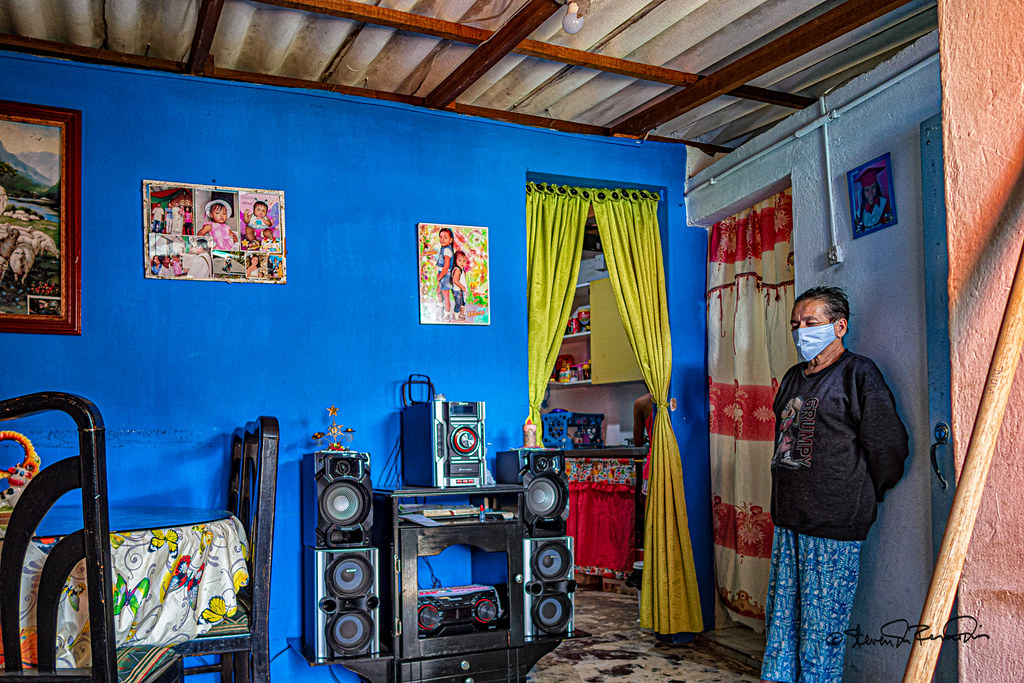
There are social-economic strata defined by law that classifies neighborhoods into one of six levels, one being the poorest and six being the wealthiest. The poor have housing and utilities subsidies and pay lower taxes while the rich pay more.
During the mid 1990s, Colombia passed a law that allows a district to classify its population in distinct strata with similar social and economic characteristics. The law intended to establish cross-class subsidies to help those in the lower strata pay for utilities. Housing characteristics, such as a garage, a front yard, and quality of the neighborhood, are the main criteria used. There are six strata: level one is lower-low, two is low, three is upper-low, four is medium, five is medium-high, and six is high.
Only about 10 percent of the population lives in dwellings that are well built and located in well-developed neighborhoods with access to good utility services, levels 5-6. It is possible to find very high-income people living in stratum three and some stratum-six residents who have strong affinity with the lower classes. The living expenses of a group of drug traffickers are very high, but they might retain some of the cultural identity, education, and self-perceptions of the lower classes

